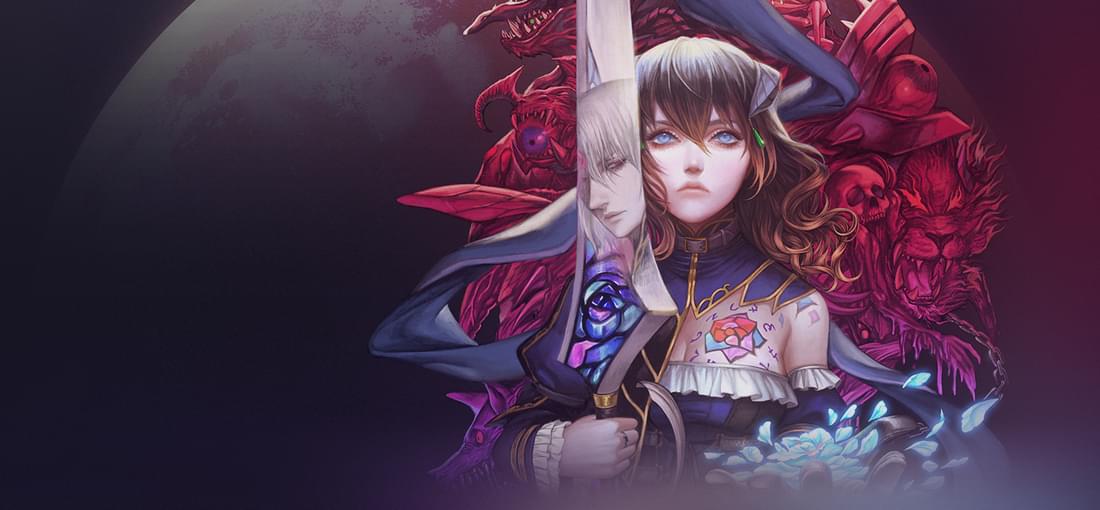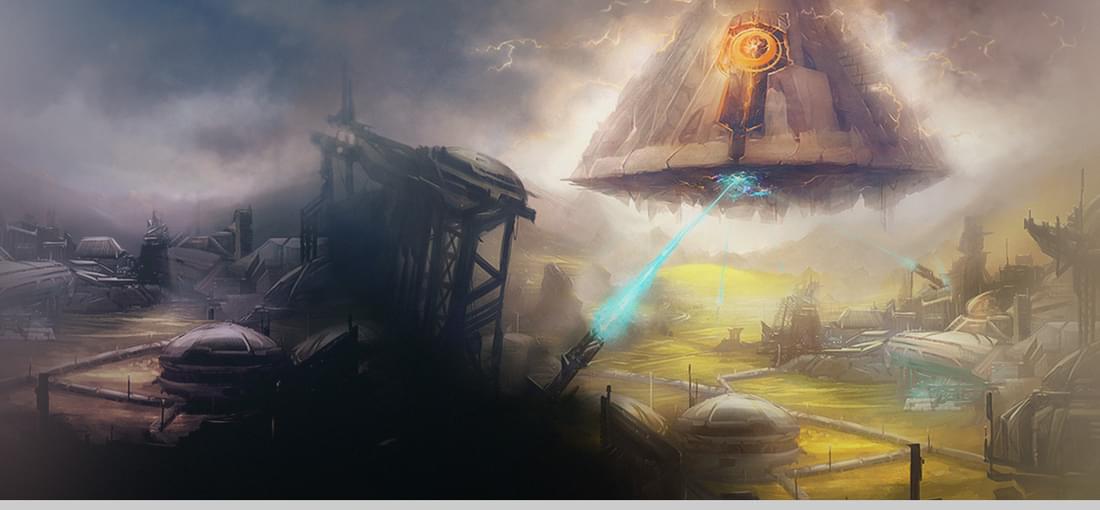


Having played through the entirety of the game at least once, it's clear that there is some love to Castlevania's themes throughout the game (obvious given it's creator's roots and background). The game most resembles the GBA Castlevania game "Aria of Sorrows" (AoS), matching similar to it's map layout for the first part of the game before you figure out the path to the true Ending. On that note, there are a few things this game does better and worse than Aria of Sorrow. -Difficulty AoS had a pretty good difficulty curve, letting you feel weak at the start and strong by the end. Bloodstained struggles by being inconsistent. Story Bosses can sometimes be super easy, but you can get wrecked by simple mobs until you find one or two abilities that you'll spam. Because your meals count as healing items, with grinding you can out-feast your way out of almost any fight. But even at level 60, an optional boss was doing 1/6th my health per hit, and could stack multiple hits in a couple seconds. -Story Bloodstained gets the edge for having distinct characters, but misses the mark by hiding a lot of lore through the map on bookshelves, and a sudden plot twist in the last hour. AoS was a little weak, but you knew all the characters early, and your abilities being so strange in the game fit well with that game's twist. -Progress Bloodstained suffers by relying on a small number of strong abilities and grinding for gear and meals to get stronger. AoS had grinding for abilities, but exploration also gave you everything you needed. The only required grind was the abilities to reach endgame, and you didn't require strong abilities, just keen reaction and planning. -Music Bloodstained with full scores wins over the gameboy advance of course, but AoS was to my memory more thematically appropriate. -Overall Bloodstained is a fun game for those who've been itching for the next 2D Castlevania, but needed to have better gameplay balance to really shine.

Frankly it's surprising that a game like this exists. First off a game devoted completely to the construction and deconstruction of chemical compounds. Meanwhile you interact with an interface that is about 3 parts logic network design and one part troubleshooting. That probably isn't the best way to explain it, but still, for a game this creative, explanations only dull the experience. This is a hard game to start off with. Thankfully there is a tutorial level, though it takes some getting used to the first time in because you can't understand how everything works. (For new players: In each corner is a chemical combination on a four by four grid. On the left, your inputs, you grab and carry a chemical. On the right, the outputs, you must match the placement on the grid representing that corner. Treat it as much like a logic network as you can, making sure that there are designated commands to input and output, as well as grab/drop (Carry function), motion of elements (Logic pathway), rotation of your elements (Store/Replace) and combine or separate (Logic adder or subtractor). This gives you a a head start to understanding the game, but that's only the most basic ideals. Again, you take a component from the left and alter it to an acceptable form to output on the right. To do this you build two pathways that carry and drop for you, and they also work as switches, meaning they create every bit of interaction inside themselves. The puzzle becomes how to take something like carbon dioxide and hyrdrogen, transforming it into Carbon and Water. Aside from doing the creation, you soon have to discover that you need more than just one network to do what you need, in game your constructive networks are called Reactors. And these will come into your troubleshooting part. Issues can and will arise, and it takes a while to build every network. Meanwhile, you have to manage a number of different reactors, making sure that they receive and output what they need. The reactions will stop if you let two separate elements collide, and it'll stop if the outputs aren't being used by the next reactor in line. However, the method is up to you, the order is up to you, and while at times the game will ask you to do things a certain way, later on you have to decide for yourself what the best route is. Do you create everything in one reactor and output them? Or do you try to split up the different tasks over multiple reactors to try and get the quickest solution? While there is a story to this game, it doesn't matter a whole lot other than to get an idea of just what is happening while you get into the game, from the struggles of the company you have been hired into and the nervous observations of a new engineer on a sometimes deadly job. You're here for the challenge, and even though it'll sometimes take you as long as half an hour to set up and finish one puzzle, you'll be too enthralled to pull away from it.